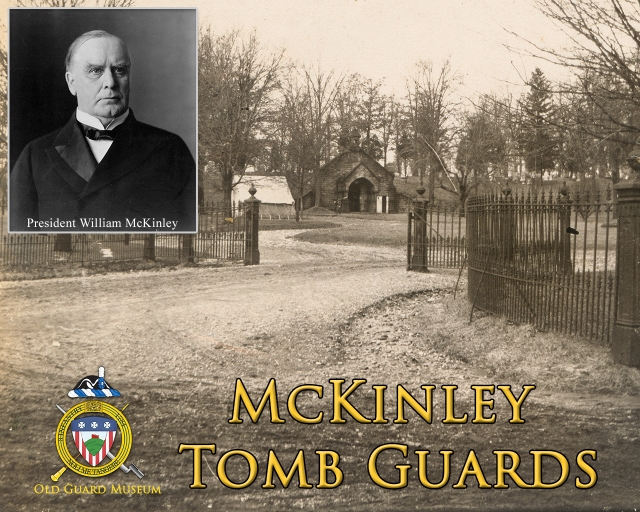In the unsuccessful 1862 Northern campaign to capture the Southern capital of Richmond, Union and Confederate armies clashed at the small town of Fredericksburg, Virginia. As part of the Army of the Potomac, The Old Guard served in the division of U.S. Regulars commanded by General George Sykes.
Excerpt from Lieutenant Dangerfield Parker, Company D, 3rd Infantry:
“At Fredericksburg the 3rd with the Division it was attached to [2nd Division, 5th Corps] acted as support to the fruitless attack on Marye’s hill. It took up position at dark in the cemetery and during the night was ordered out upon the plank road taking up position behind a tannery which was immediately upon this road and from the windows of which the entrenchments of the enemy could be commanded – they being but a stone’s throw off. Skirmishers were thrown out on the right flank from the 3rd and 4th Infantry and in the morning at early dawn it was, of course, necessary to relieve them. In doing so our losses were heavy from the fire of the enemy’s sharp-shooters. Our men ran to cover behind the tannery as quickly as possible, but some were killed and others wounded within a few feet of cover.”
In the battle of Fredericksburg, the Regiment lost 3 men killed and 12 wounded.
On December 15, as the Union forces retired, the 3rd Infantry was the last unit to cross the pontoon bridges across the Rappahannock River out of the devastated town of Fredericksburg and back to safety. The 3rd Infantry would go on to fight at Chancellorsville and Gettysburg before moving to New York City to recruit and rest, while also assisting to quell the draft riots.



